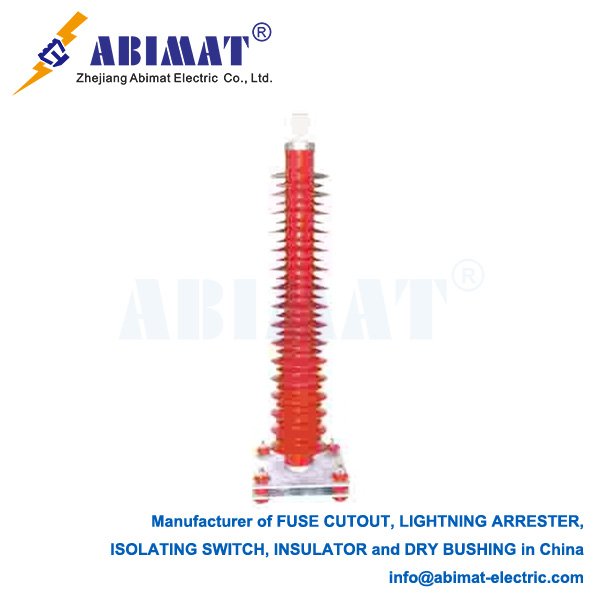Lightning Arresters for 11kV Lines: Essential Protection for Distribution Networks
Lightning arresters are key parts in electrical distribution systems. They protect 11kV lines and the equipment hooked up to them from harmful overvoltages—ones that come from lightning strikes and switching surges. Their main job is to send surge currents safely to the ground, and this helps keep the system working properly and reliably.
Operating Principle
When a lightning surge travels along the line, the arrester provides a low-resistance path to the ground. This keeps the voltage across the line’s insulation at a safe level. For 11kV lines, workers usually install arresters right next to line insulators. When an overvoltage happens, the arrester kicks in: it holds the voltage down to a safe protective level, which stops the insulator from having a flashover.
Arrester Types for 11kV Applications
The most common type for 11kV distribution lines is the Metal-Oxide Varistor (MOV) arrester—specifically the kind without series gaps. These arresters use zinc oxide (ZnO) blocks, and the blocks have a very non-linear relationship between voltage and current. You can describe this relationship with the formula I = kVⁿ.
Gapless MOV arresters react quickly. They’re also good at limiting both lightning and switching overvoltages, making them a common, strong solution for 11kV systems.
Arresters with series gaps are used on lines too. The gap keeps the ZnO blocks away from the voltage that runs through the line all the time, and this can help in some specific working situations.

Key Selection Criteria
Picking the right arrester means thinking about a few technical points. One is rated voltage (Ur)—it needs to fit the system’s 11kV voltage level. You also have to consider times when the voltage stays high for a short while, called temporary overvoltage conditions.
Another point is continuous operating voltage (Uc). It should be higher than the highest phase-to-ground voltage you’d expect when the 11kV system runs normally.
There’s also discharge voltage, or residual voltage. This is the voltage that shows up across the arrester when a surge is discharged. It has to be lower than the Basic Insulation Level (BIL) of the equipment it’s protecting—like transformers or cables. And there needs to be a safe gap, usually 15 to 25%.
Energy absorption capability matters too. The arrester has to handle the energy from surges without getting damaged.
Installation and Maintenance
Installing them correctly is key to making them work well. You should put arresters in spots where lightning hits often, and also on equipment that’s easy to damage—like transformers.
Important maintenance steps include checking the insulation resistance regularly. You also need to look at how discharge counters work, then write down the results. And make sure all mechanical connections are tight—plus, check that the arrester has no physical damage or dirt on it.
Conclusion
Abimat metal-oxide surge arresters—if you pick the right ones and maintain them properly—are key to making 11kV distribution networks reliable. They provide necessary protection against short-term overvoltages. They reduce how often lines have flashovers, cut down on power outage times, and make valuable electrical equipment last much longer.


